Scrum is a widely implemented agile framework for developing, delivering, and sustaining products in complex environments. It’s an improved method of building products. You just noticed the word agile here. Didn’t you? Let’s understand it.
Agile brief
Agile is the ability to move quickly and easily. It is a response to change. In terms of software and product development, it is a set of values and principles that ensures flexibility and adaptability. It is a mindset that provides a foundation through which teams can make decisions and improve traditional software development and project management. It has revolutionized the software industry since 2001.
In 2001, 17 frustrated software engineers met in Utah. Yes! That’s when the software development process got introduced with a new perspective. Disturbed by seemingly unproductive software development activities, these thought leaders wanted to develop a new way of the software development process to cope with the rapidly changing scenarios. They rethought the process of the traditional waterfall method and produced a manifesto within three days- The Agile Manifesto
They were particularly interested in finding ways to swiftly develop usable software and get it into the hands of end customers. This rapid delivery model allows users to get business benefits from new software sooner and the development team to get quick input on the scope of improvement as well as the direction of the software.
Why adopt agile?
Requirements, needs, and priorities change. So, we need agile to deal with the change. We need agile to sustain and thrive in an uncertain and complex world. It builds accountability, encourages ideas, allows early benefits, and makes improvement constant.
In the agile way of working, complicated projects are divided into iterations or “chunks.” The minimum viable product is released to the market early and often instead of a year or two.
Release, get the feedback, inspect, adapt, enhance and re-release to the market for customer satisfaction is the cycle followed in agile work culture. This way, companies check and ensure the relevance of the product and make continuous improvements to handle the challenge of change.
Scrum time!
Now that we have an idea about “Agile,” let us get back to where we started. Scrum! It is one of the many methodologies used for agile transformation. It is an agile framework based on iterative and incremental approaches. According to the 15th State of Agile Report, 66% of the respondents use Scrum making it the most popular agile framework. The scrum framework encourages a high level of communication among team members. The structure of a scrum team includes the Product Owner, Scrum Master, and Development team. The scrum team shares different tasks and responsibilities related to product delivery.
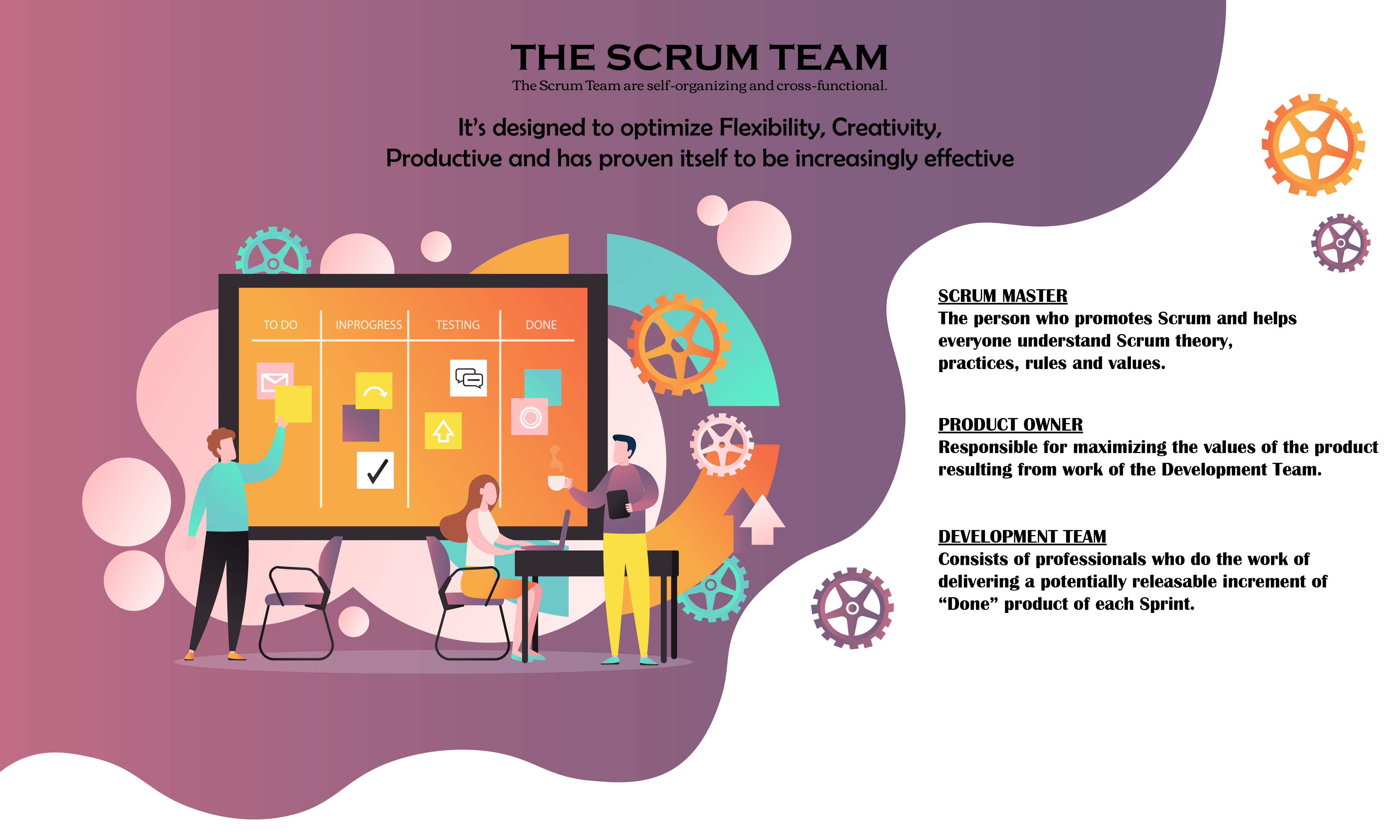
There are five Events in the Scrum framework. These are the Sprint, Sprint Planning, Daily Scrum, Sprint Review, and Sprint Retrospective
- The essential component in Scrum is the Sprint, often known as an iteration. Each Sprint has a predetermined length, typically from one week to one month.
- During the Scrum framework’s sprint planning session, the team chooses the product backlog items they will work on during that Sprint and outlines their strategy for finishing those tasks.
- Daily stand-ups, also known as daily Scrum meetings, are quick organizational gatherings that take place every day. It is a relatively brief meeting, which lasts between five and fifteen minutes to inspect daily progress towards the sprint goal.
- The Sprint Review takes place after a Sprint ends. During Sprint Review, the Product Owner details what planned task was accomplished, what went well, and how issues were resolved.
- The Sprint Retrospective is held after each Sprint. It gives the team a chance to assess and design an improvement strategy implemented during the following Sprint.
Scrum’s popularity –
With scrum (and some good music), you write fewer plans and do more in short cycles known as sprints. You deliver things to the market more often than waiting for a deadline. You are constantly given feedback. It is a flexible mode of operation. Rather than a predetermined method, it focuses on changing adjustments and collaborative efforts to produce results.
- Helps businesses to thrive in complexities
The markets are complex and uncertain today. Customer satisfaction with one-of-a-kind items continues to be a top priority. Scrum manages to tackle the changing scenarios since it is based on a constant customer feedback mechanism to improve the products and be responsive.
- Increases ROI
Prioritizing tasks is done in order of significance. A potentially marketable product is ready by the end of each sprint. This shortens the time it takes to release products to the market. Minimum Marketable features are defined so that the release takes less time and leads to increased ROI.
- Boosts team’s morale and productivity
Because there is no external negative pressure, members identify the projects as their own. It encourages collaboration. A scrum master guides and protects the team, rather than forcing them to execute work under duress. These raise their spirits and increase team productivity.
- Encourages innovation and creativity
Innovation mainly comes with new features and functionalities that improve the user experience. As a result, a Scrum Master or product manager must be clear about what innovative practices imply to the team. New ideas are always encouraged and incorporated according to the requirements.
- Promotes transparency
Scrum artifacts such as product backlogs, sprint reviews, task boards, retrospectives, daily stand-ups, and burndown charts help achieve scrum transparency. With these practices, each member understands their specific roles and responsibilities for ongoing work.
Benefits of Scrum Master certification
To be an agile team, the role of the Scrum Master is highly crucial in leading the team and organizational transformation and development. The Scrum Master is a change facilitator who brings the team together and helps them with sprint reviews and sprint planning. They ensure that the team, business, and product owner are all in sync and communicating effectively and can support several teams and departments in an organization. Take a quick look at the opportunity chart of a Scrum Master
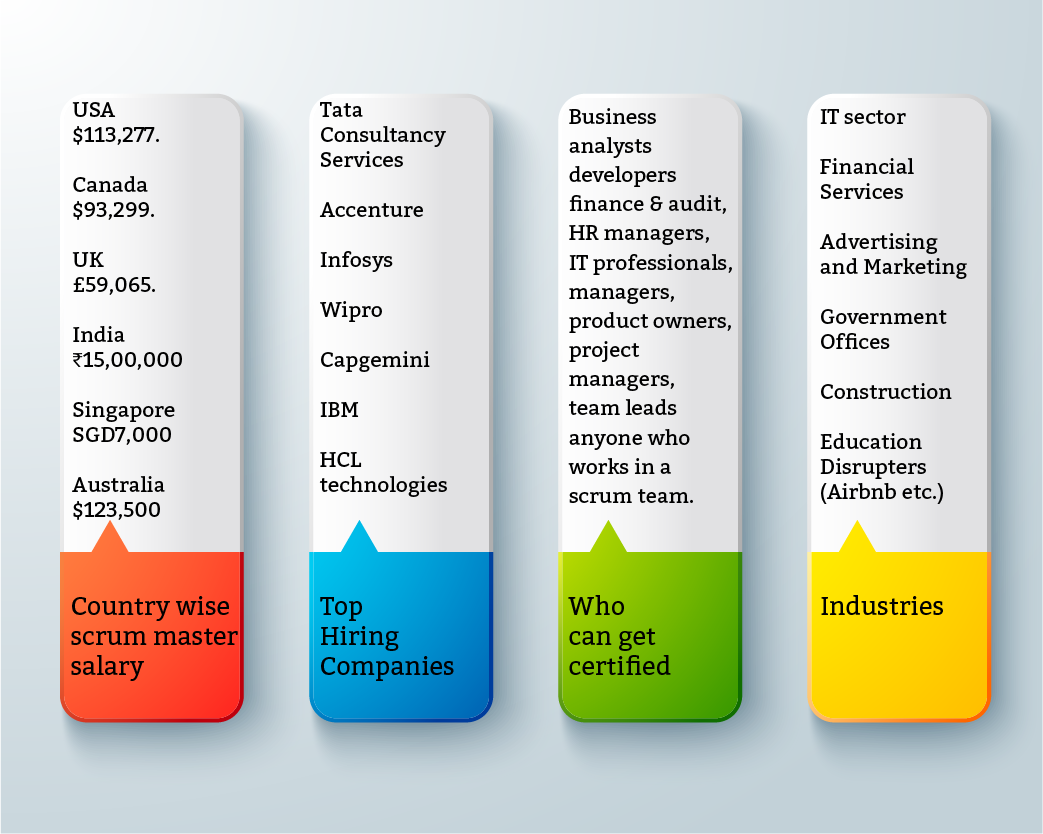
With scrum master training and certification, you can learn the transformation management skills and solve issues such as low workplace motivation, inability to overcome business challenges, stagnating earnings, etc. Scrum Master is one of Indeed’s top suggested certifications. According to a Study.com analysis, the position will rise by 24% in 2026. Scrum certifications will establish you as a leader capable of contributing knowledge beyond that of a typical project manager. Here is a list of some of the benefits of master training and certification you need to know.
- Equips you with a solid foundation of Scrum knowledge and a high level of Scrum execution expertise.
- Enables you to protect the team
- Empowers you to create a healthy work environment
- Gives you the ability to lead the team through the product development process, helping them to deliver high-quality goods on schedule.
- Capacitates to take charge of a task and easily participate in team activities
- Empowers to remove the roadblocks and improve team collaboration.
- Enables you to be a transformational leader and develop an environment where teams can thrive.
- Enables you to develop servant leadership skills for Scrum teams working on high-end products.
- Transforms your perspective and mindset
- Acquaints you with a wide range of tools to address complex challenges in any situation
- Allows you to go above and beyond the responsibilities of a typical project manager while supporting you in attaining project goals.
- Aids in Salary hikes and opportunities to work for large, successful enterprises
Popular Scrum Master Certifications
There are ample options available to certify you as a Scrum Master. While it’s entirely your take to choose one aligned with your needs and requirements is entirely your take, we have listed some popular certifications for you.
1. Certified ScrumMaster®
2. Advanced Certified ScrumMaster®
3. Certified Scrum Professional®
4. Professional Scrum Master™
5. SAFe® Scrum Master
6. Agile Certified Practitioner
Summary
With more companies adopting agile and scrum methodology, the demand for trained and certified Scrum Masters has exponentially risen. Scrum practitioners are skilled with risk analyzing traits. The market complexities push businesses and firms to rethink their project management practices. Thus, adopting agile methods can be beneficial for both personal as well as organizational levels
“Certification is a good way of knowing a stylist is qualified and can do what they say can do” – Martin Parsons.
Earning a certification verifies your proficiency and skills. With adequate training and the proper knowledge, you can be the Scrum Master that fortune companies and unicorns are demanding today.

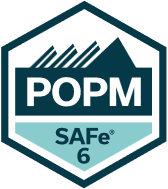
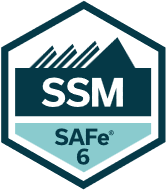
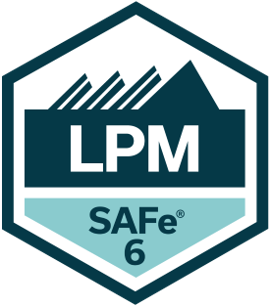

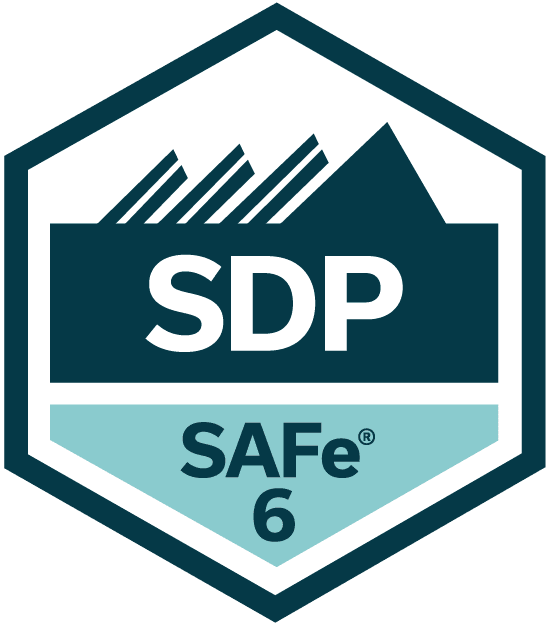

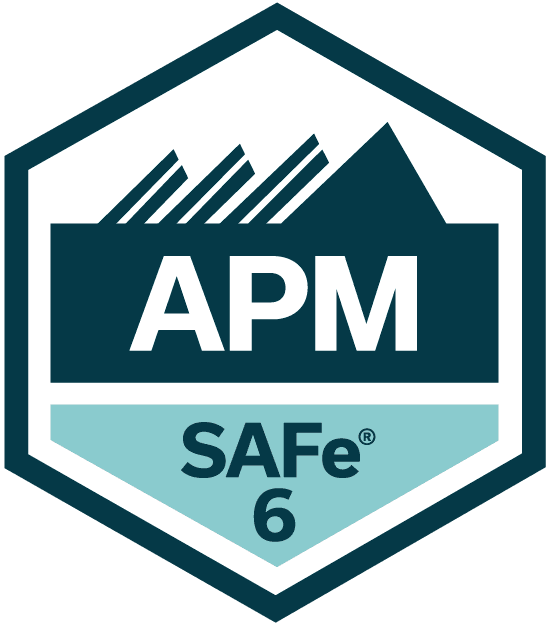
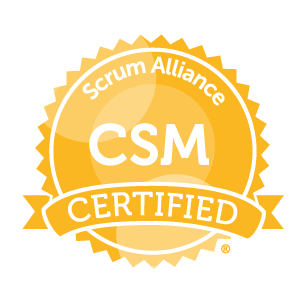
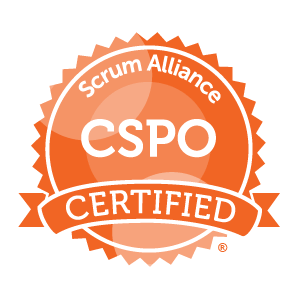
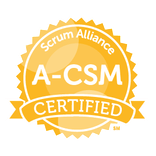

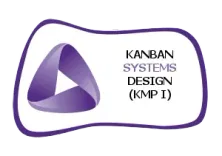
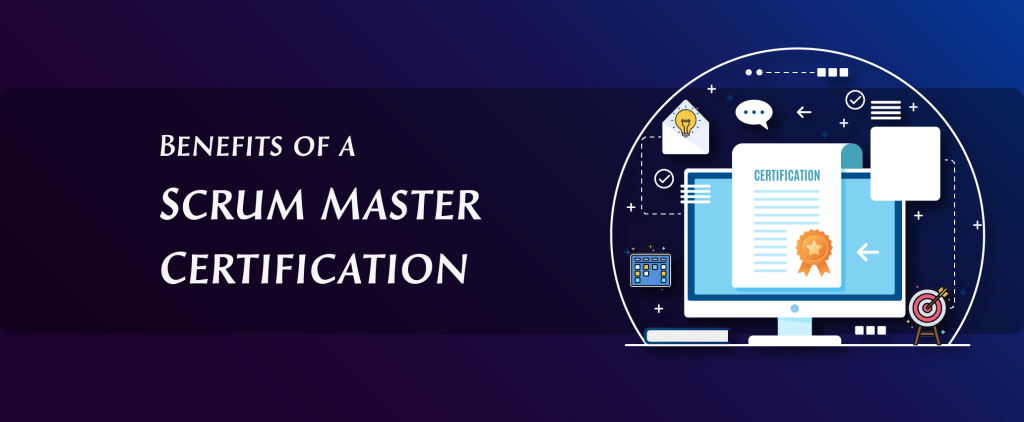






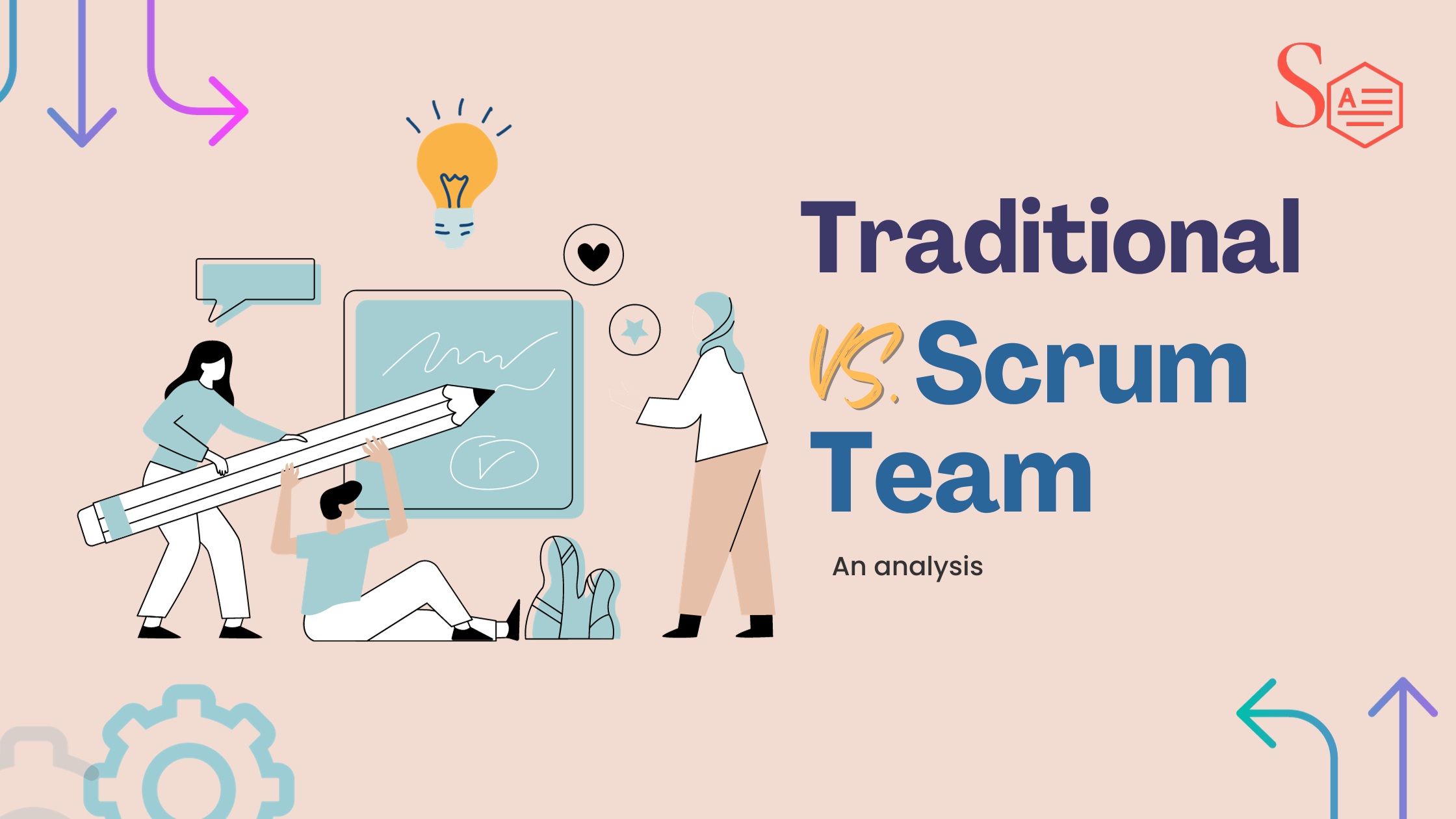



One Response
Hello there! Do you use Twitter? I’d like to follow you if
that would be okay. I’m definitely enjoying your blog and look forward
to new posts.